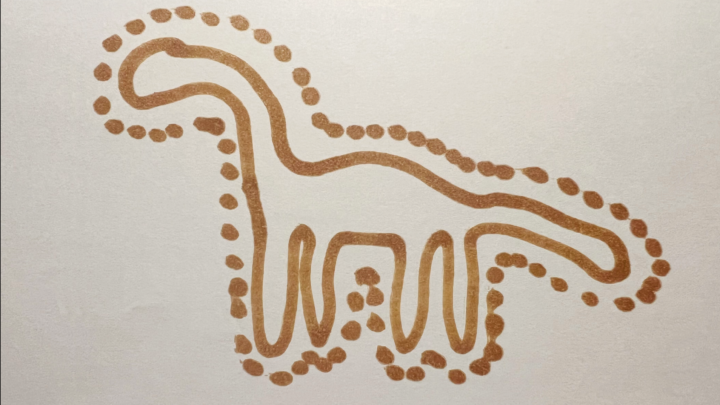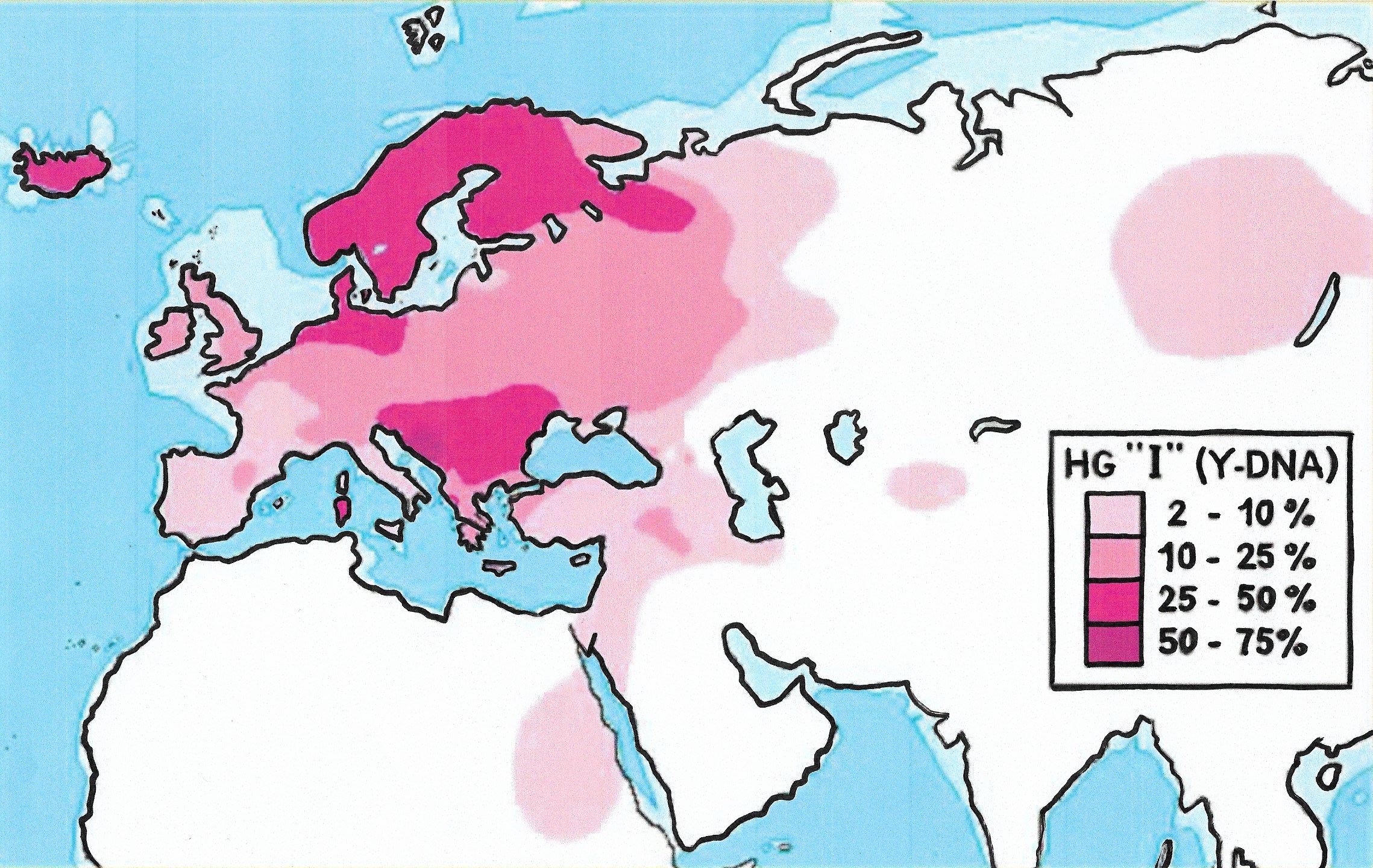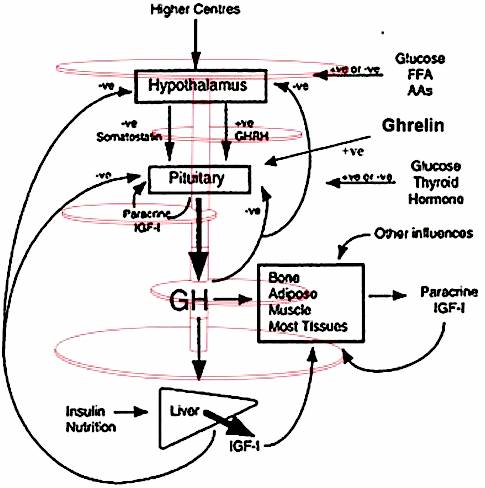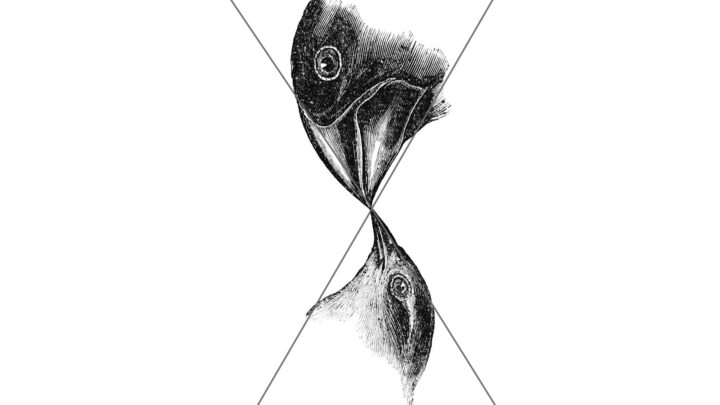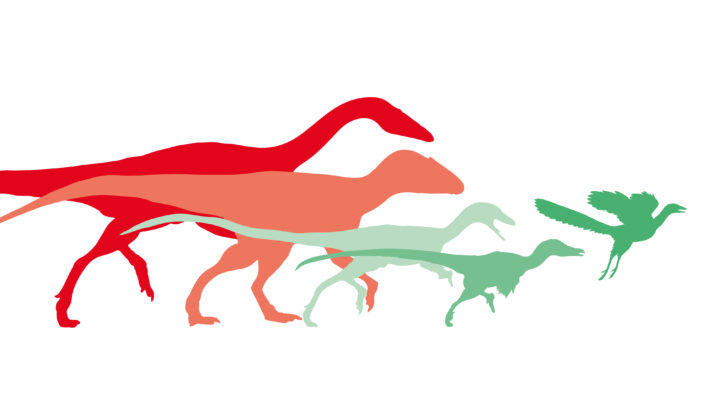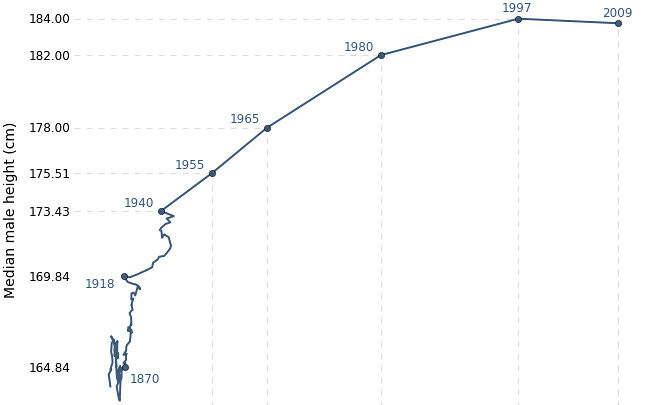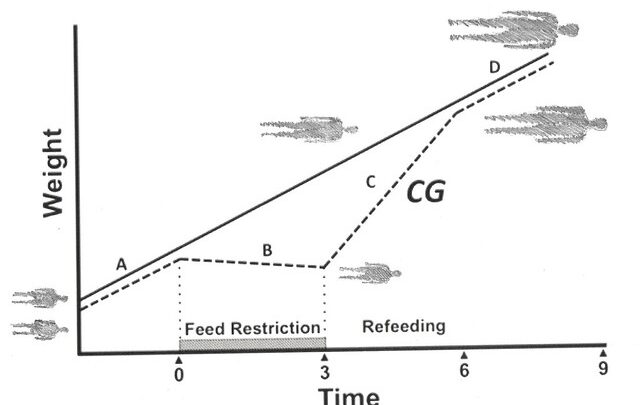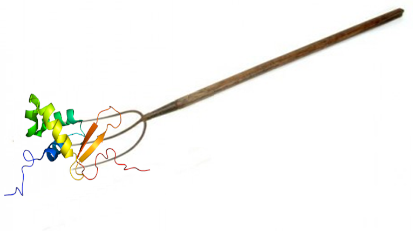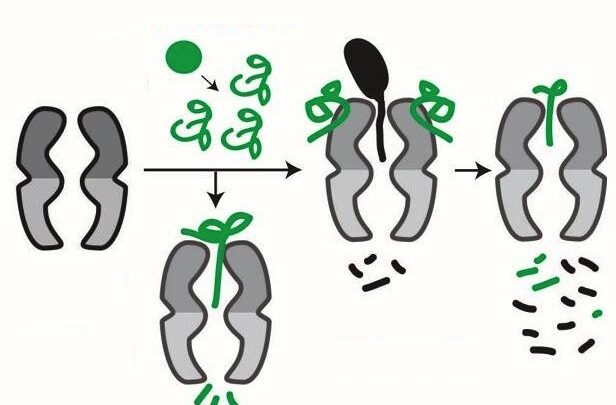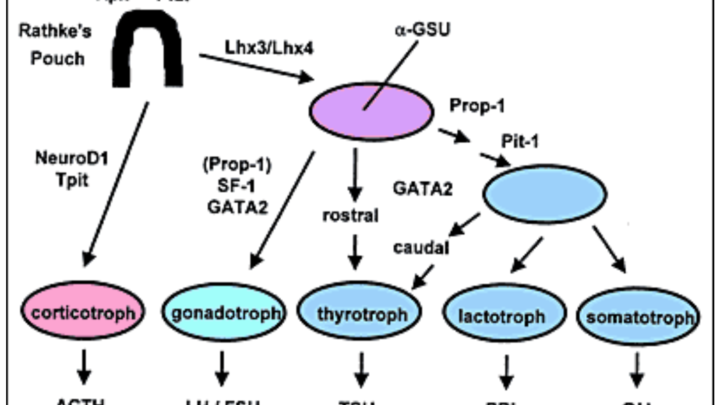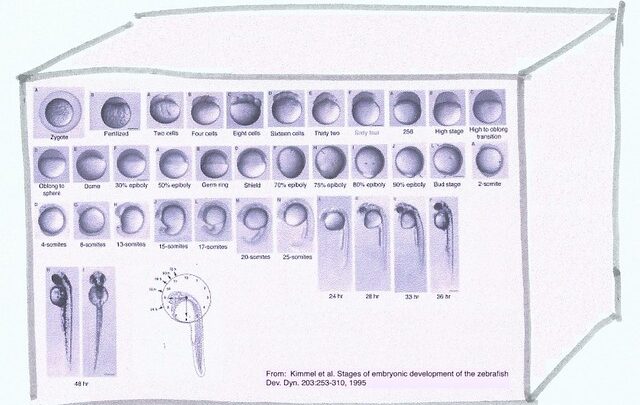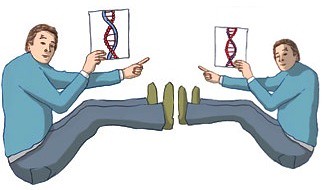Category: Epigenetics
The Growth Hormone Jungle
April 29, 2018Growth hormone is a peptide hormone that stimulates growth, cell reproduction and cell regeneration in humans and other animals. As with all hormonal pathways the path concerning the promotion and secretion of growth hormone leads right into a dense entanglement of interrelated secretions of life. If…
Haplogroup Hot Switch
April 1, 2018HPS Axis Pirouette
March 15, 2018To soften the pressure of the increasingly dominant genetic profiles for greater human height, humanity at some point may opt to interfere in the cell signaling pathways that induce growth. One such pathway, the hypothalamic–pituitary axis, includes the secretion of growth hormone (GH) into the circulation and the subsequent stimulation of insulin-like…
Darwin’s Finches
March 10, 2017Dinosaur-Bird Transition
February 16, 2016The Tall Dutch
April 9, 20152000+ Genetic Factors
December 9, 2014Since 2007 researchers of the Genetic Investigation of Anthropometric Traits (GIANT) consortium are quickly uncovering the polygenic traits that influence human height. Recently they analysed data from the genomes of another 253,288 subjects and were able to identify 697 gene variants, the pieces of DNA that…
Catch-Up Growth
July 8, 2014Catch-up growth is the accelerated growth of an organism following a period of slowed development. Such slowing down is most often the result of environmental influences such as food scarcity, sudden changes in temperature, or other environmental stress factors. After the situation is normalised, growth…
FOXO3a
June 20, 2014Recent studies have identified the FOXO3a (Forkhead Box 3a) transcription gene as an important regulator of morphological scaling. It’s a key regulatory gene in a nutrient- and energy-sensing biological pathway (insulin/IGF-1 signalling pathway),that throughout our evolution was conserved from yeast to humans. FOXO3a anticipates food scarcity…
Microbial Temper Tantrums
March 22, 2014In stressful conditions, cells must prevent the initiation of replication and shift their priorities to protective functions. In other words: they must stop division and growth. Experiments in bacteria at the University of Massachusetts Amherst have uncovered the mechanism that translates stress into blocked cell growth.…
Pit-1
January 13, 2014Fish Representatives
February 16, 2013In most genetics research, Homo sapiens is represented by small fish like Danio rerio (zebrafish) and Oryzias latipes (Japanese rice fish). Both are important model organisms, representing man in developmental genetics, neurophysiology and biomedicine. When we tinker with genes what happens to the fish is…
